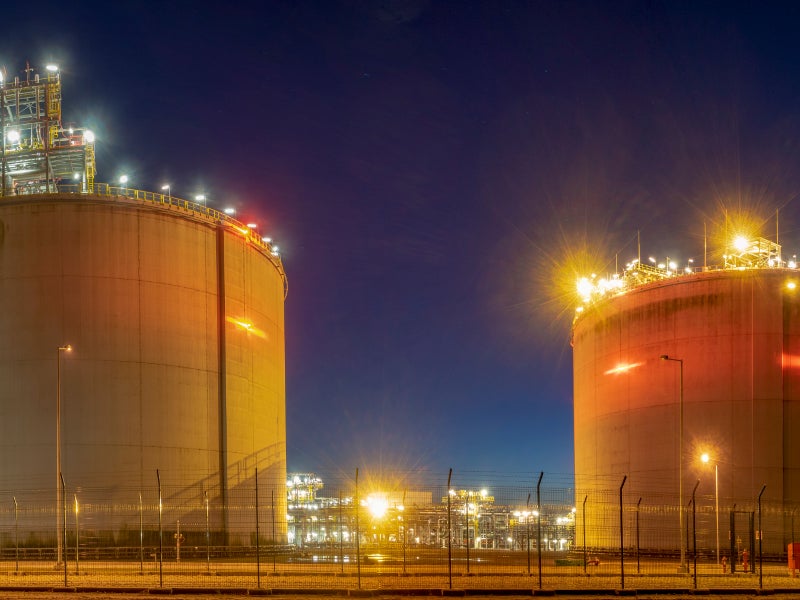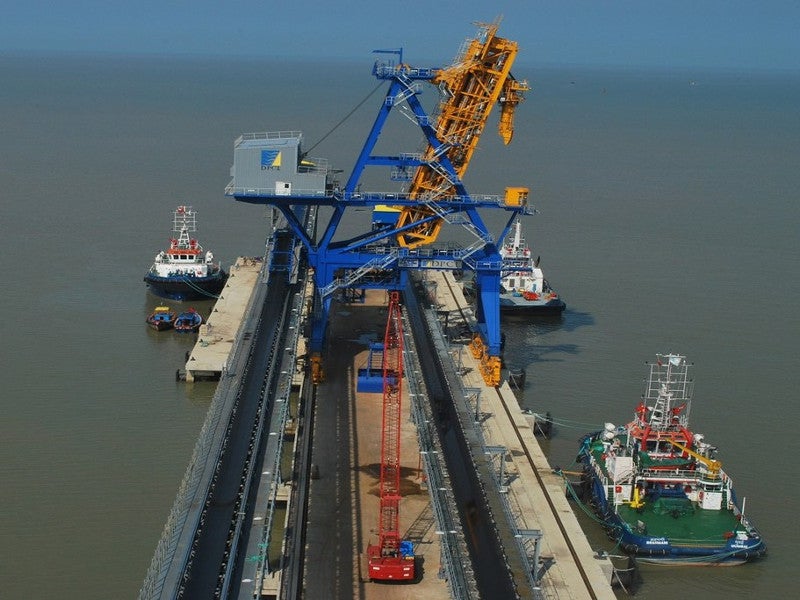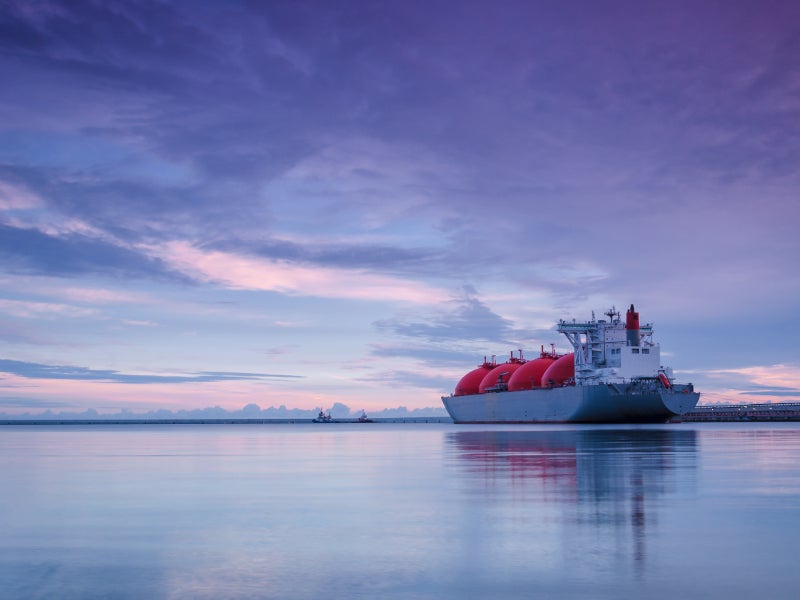Dhamra LNG terminal is a five million tonne per annum (Mtpa) LNG import and regasification facility under construction at Dhamra Port, in the Bhadrak district of Odisha, India.
It will be the second LNG import terminal to be built on India’s east coast, after the Indian Oil Corporation’s (IOC) Ennore terminal in Tamil Nadu, which was opened in March 2019.
The £605m ($753m) project is being jointly developed by Indian company Adani Group (50%) and the French multi-national oil and gas company Total (50%).
The foundation stone for the terminal was laid in July 2017, while construction works were started in the first half of 2018. Scheduled to commence operations in 2021, the Dhamra LNG import terminal is further expandable to 10Mtpa in future.
Apart from meeting the domestic gas demand in the eastern region of India, the terminal will be of strategic importance for gas supply to neighbouring countries such as Bangladesh, Myanmar, and Nepal.
Dhamra LNG terminal details
The 5Mtpa LNG import and regasification terminal is being developed on a 27ha-site within the Dhamra Port, one of the six ports owned and operated by the Adani Group through its subsidiary Adani Ports and Special Economic Zone (APSEZ). The site preparation involved a minimum dredging depth of 17m.
Dhamra LNG terminal will consist of two full containment LNG storage tanks of 180,000m³ capacity each. The regasification technology to be employed at the facility will be shell and tube vaporisers (STV) using ambient air.
The LNG terminal will have a jetty with draft up to 18m, which will be capable of accommodating large LNG supply vessels of up to 265,000m³ capacity. The LNG unloading and evacuation from the tank ships will be performed using three 20in liquid unloading arms and one vapour return arm.
The terminal will receive gas supply exclusively from Total. Apart from truck loading facilities for local gas markets, the Dhamra LNG terminal will also have reloading facilities to serve proximate markets through smaller tankers via the marine route.
Off-take agreements
In April 2018, the state-run Indian Oil Corporation (OIC) signed a 20-year gas supply agreement to off-take 3Mtpa of LNG from the Dhamra LNG terminal for its refineries in Paradip, Odisha, and Haldia, West Bengal.
It was followed by another long-term gas supply agreement by India’s state-owned natural gas company Gas Authority of India Limited (GAIL) to off-take 1.5Mtpa of LNG from the terminal in July 2018.
GAIL plans to supply the gas to its customers in eastern India and along the Jagdishpur-Haldia gas grid that the company is currently developing.
Contractors involved
L&T Hydrocarbon Engineering Limited (LTHE), a wholly-owned subsidiary of the Indian engineering and construction major L&T, was awarded the lump sum turnkey contract for the design and construction of two LNG storage tanks for the Dhamra terminal in March 2018.
CTCI (formerly China Technical Consultants), an engineering, procurement, and construction (EPC) company based in Taiwan, was contracted for the regasification package for the 5Mtpa LNG import terminal in May 2018.
CTCI will execute the contract jointly with its Indian subsidiary CINDA Engineering & Construction.
Total-Adani partnership for Indian gas market
Eying the fast growing demand for gas in the Indian market, Total and Adani Group signed a strategic partnership agreement for LNG import and regasification infrastructure development as well as for gas marketing and fuel retailing in October 2018.
Total signed a definitive agreement to acquire 37.4% stake in Adani Gas, which is one of the four main city gas distributors in India, in October 2019.
Natural gas comprises 6% of India’s current energy mix, while coal still accounts for more than 45%. The country seeks to increase gas share to 15% by 2022, as part of its climate policy goal to cut carbon emissions by a third by 2030.





